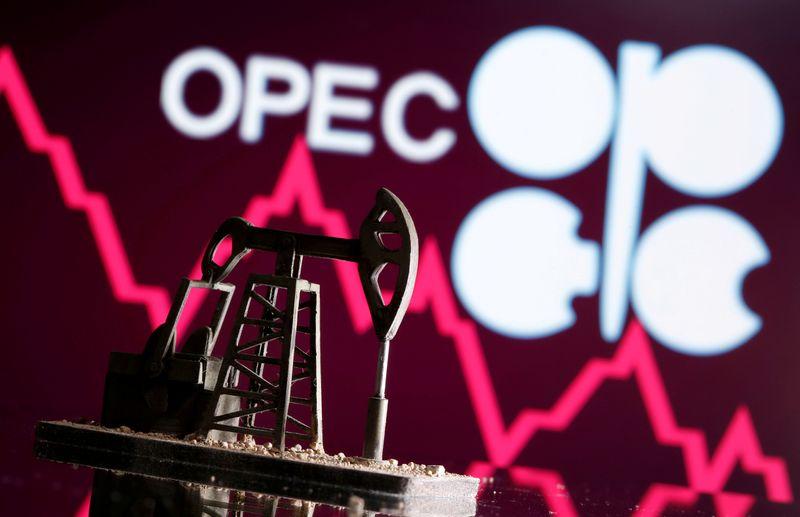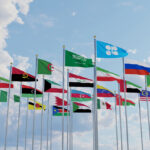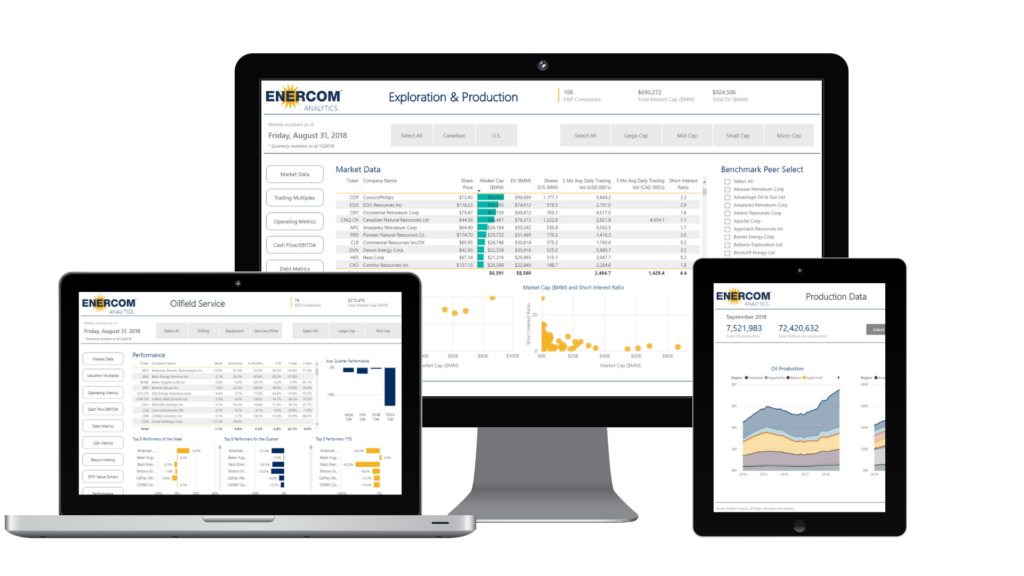Argus
Opec+ crude production increased last month as the group eased its output restraint target. But compensatory cuts — for some members’ previous overproduction — kept the coalition below its collective output ceiling for August.
Total production from the 19 Opec+ members currently participating in the deal rose by 1.31mn b/d from July to 34.23mn b/d last month. It is the first increase in the group’s output since Russia, Saudi Arabia and other Middle Eastern producers waged a fleeting battle for market share in April.
Last month marked the start of the second phase of the Opec+ group’s historic two-year agreement. The coalition is targeting a combined 7.7mn b/d of cuts in August-December, down from 9.6mn-9.7mn in May-July, largely from an October 2018 baseline.

The group’s overall compliance exceeded 100pc last month, as Saudi Arabia stepped up pressure on the group’s laggards, and countries that overproduced in previous months compensated with additional cuts. Saudi oil minister Abdulaziz bin Salman said last month that overproducers must fully compensate by the end of September. Out of the deal’s remaining 19 participants, 14 produced below their August targets, including serial quota-busters Nigeria and Iraq.
[contextly_sidebar id=”1LJCp2hjuUxKmONl3Zc7GKAPFj8A6gA9″]
The non-Opec members of the group also improved compliance. Previous straggler Kazakhstan achieved 108pc conformity in August, compared with just 63pc in May. Russia was just shy of full compliance, reaching 98pc last month.
The market impact of last month’s rise in Opec+ production was softened by higher domestic demand in some of the key member countries. “In the kingdom [of] Saudi Arabia, due to the increase in demand from utilities and other sectors, as lockdowns ease, we estimate approximately 500,000 b/d of extra demand in August,” the Saudi oil minister said in July. “So, despite a higher production target in August, there will be no change in our exports.”
Saudi production rose by 430,000 b/d on the month to 8.87mn b/d in August, with some analysts pegging crude use for power generation as high as 700,000-900,000 b/d. Exports from Saudi terminals increased by just 317,000 b/d to 5.88mn b/d last month, according to Argus tracking data. This excludes 168,000 b/d that loaded from the recently restarted Khafji and Wafra fields in the Neutral Zone, which Saudi Arabia shares with neighbouring Kuwait.
Unlike Saudi Arabia, the UAE was unable to meet its peak summer electricity demand without exceeding its 2.59mn b/d production quota. The country produced 2.7mn b/d last month. To compensate, state-owned Adnoc will lower October export allocations by 30pc.
By Ruxandra Iordache
| Opec+ wellhead production | mn b/d | |||
| August | July | August target | Compliance % | |
| Opec 10 | 21.61 | 20.84 | 21.82 | 104 |
| Non-Opec 10† | 12.62 | 12.08 | 12.60 | 99 |
| Total | 34.23 | 32.92 | 34.42 | 102 |
| Opec | ||||
| Saudi Arabia | 8.87 | 8.44 | 8.99 | 106 |
| Iraq | 3.67 | 3.75 | 3.80 | 116 |
| Kuwait | 2.28 | 2.15 | 2.30 | 103 |
| UAE | 2.70 | 2.43 | 2.59 | 81 |
| Algeria | 0.85 | 0.80 | 0.86 | 107 |
| Nigeria | 1.45 | 1.55 | 1.50 | 113 |
| Angola | 1.24 | 1.17 | 1.25 | 103 |
| Congo (Brazzaville) | 0.26 | 0.28 | 0.27 | 119 |
| Gabon | 0.17 | 0.17 | 0.15 | 65 |
| Equatorial Guinea | 0.13 | 0.11 | 0.10 | 9 |
| Opec 10 | 21.61 | 20.84 | 21.82 | 104 |
| Iran | 1.95 | 1.95 | na | na |
| Libya | 0.09 | 0.10 | na | na |
| Venezuela | 0.37 | 0.36 | na | na |
| Total Opec 13* | 24.02 | 23.25 | na | na |
| Non-Opec 10† | ||||
| Russia | 9.04 | 8.60 | 8.99 | 98 |
| Mexico† | 1.65 | 1.60 | na | na |
| Oman | 0.72 | 0.67 | 0.72 | 101 |
| Azerbaijan | 0.58 | 0.55 | 0.59 | 102 |
| Kazakhstan | 1.37 | 1.34 | 1.40 | 108 |
| Malaysia | 0.44 | 0.45 | 0.49 | 141 |
| Bahrain | 0.16 | 0.15 | 0.17 | 128 |
| Brunei | 0.08 | 0.08 | 0.08 | 138 |
| Sudan | 0.06 | 0.06 | 0.06 | 110 |
| South Sudan | 0.17 | 0.17 | 0.11 | -167 |
| Total non-Opec† | 12.62 | 12.08 | 12.60 | 99 |
| *Iran, Libya and Venezuela are exempt from the agreement | ||||
| † Mexico not counted in the deal after June 2020 | ||||






